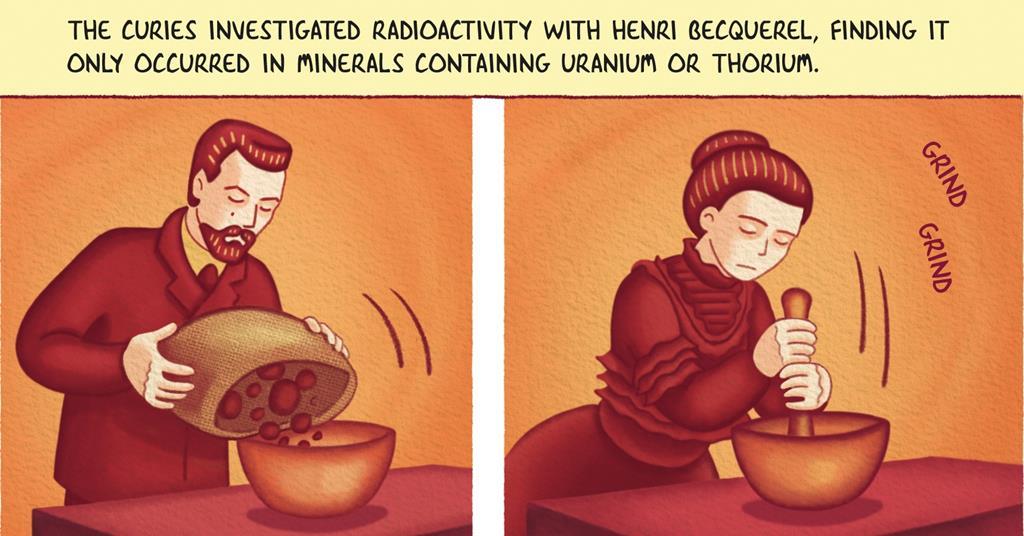

Her joints ache to the point where walking becomes near impossible. It’s solid work until Josie starts to fall ill. supervisors encourage them to point the brushes with their tongues to keep the shape pointed. Joey King ( The Kissing Booth and The Act) and Abby Quinn play Bessie and Josephine, two sisters who live with their grandfather and work at American Radium (they were most likely inspired by the real-life Maggia sisters.) Each day, they are instructed to paint as many dials as possible using a special radium paint that will make the numbers glow. You know, for laughs!) Radium Girls, directed by Lydia Dean Pilcher and Ginny Mohler, is a conventionally told take on this period of history but one full of political zeal that we could always use more of in American cinema. Films, however, have typically avoided the story, most likely because it’s one of such biological horror that few people would have the stomach to see it (there was, however, a 1937 screwball comedy starring Carole Lombard where she played a former dial painter supposedly dying of radium poisoning. The tragedy of the radium girls and their fight for justice has been the stuff of books, plays, and many a true-crime podcast. Who was luckier in the early 20th century than the radium girls, the literally glowing faces of a radical new world of science, nature, and commerce? Of course, we all know how it ended.
#RADIUM POISONING DOC6 MOVIE#
They were the modern women of the 1910s and ’20s, an era of silent movie stars, the Charleston, and burgeoning activist movements.

These women - young, typically working-class, committed to long hours of painting for 1 cent per dial - started out as symbols of a new age. The story of the so-called radium girls, a group of female factory workers whose severe exposure to radiation poisoning via their work in detailing watch dials with self-luminous paint led to their tragic deaths, is one of the most abhorrent cases of workplace violations in modern American history.


 0 kommentar(er)
0 kommentar(er)
